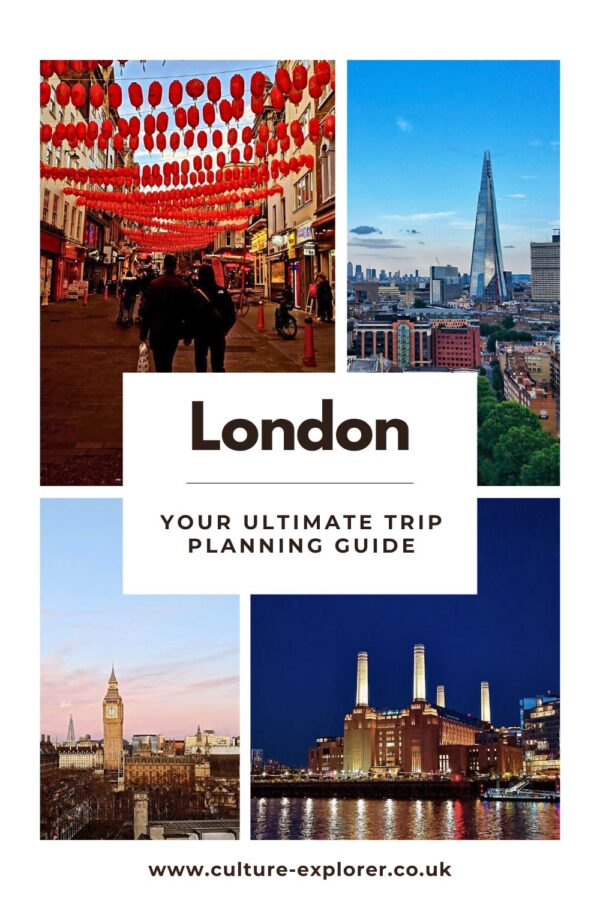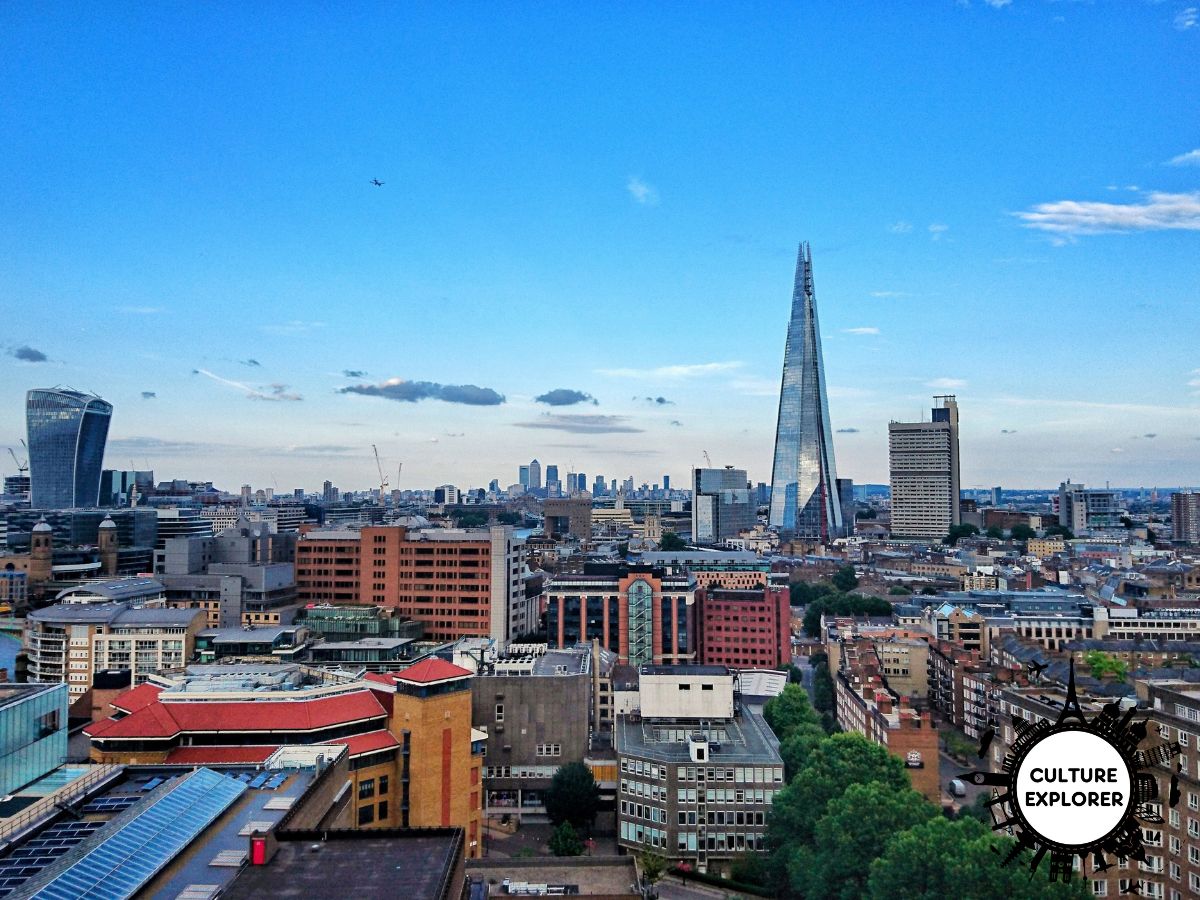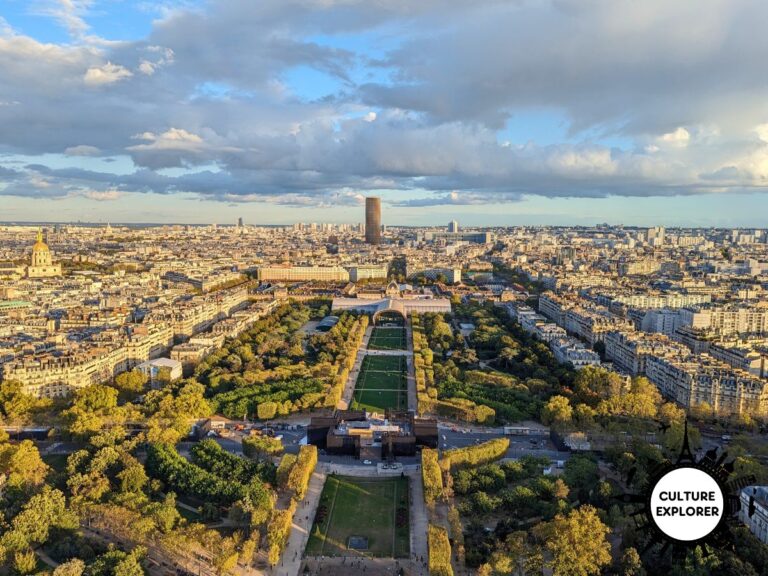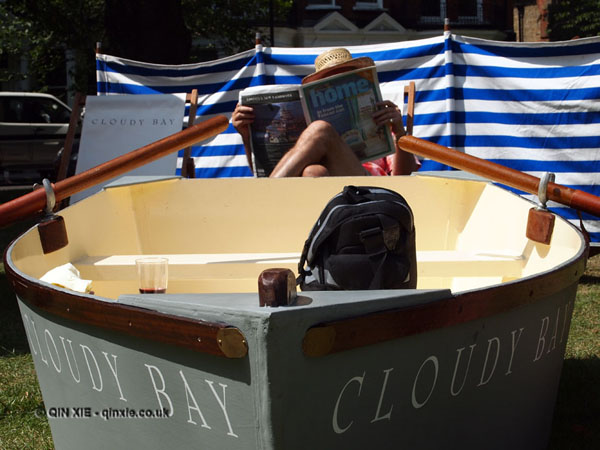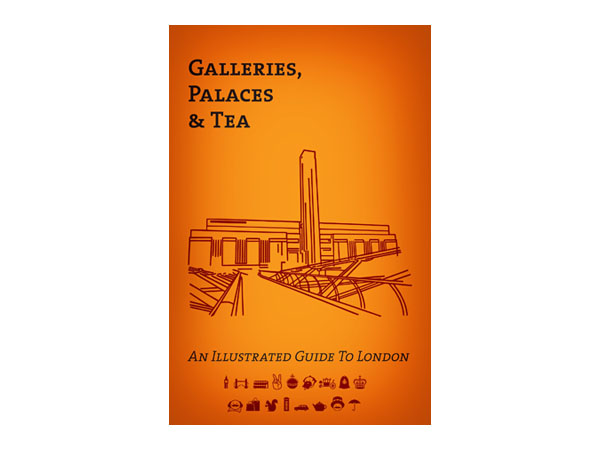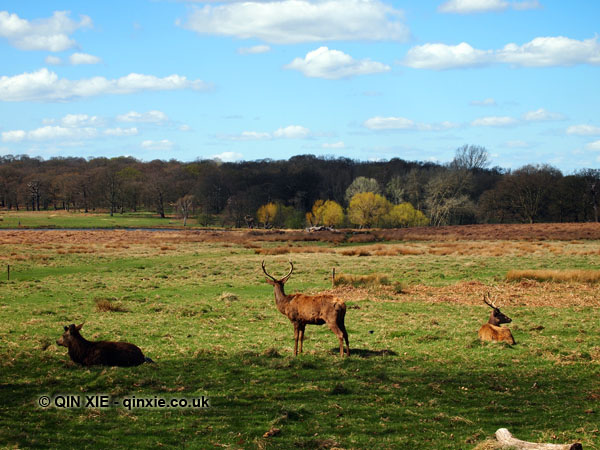How to get to London: Your trip planning guide
Culture Explorer uses affiliate links, including those from Amazon, which are identified using an *. If you buy something through the link at no extra cost to you, Culture Explorer may be paid a commission, which helps to fund running of the site. You can read more about this here.
I’ve been living and working in London since 2010.
It means I know huge chunks of the UK capital like the back of my hand – especially the places that tourists would usually visit.
I know it so well in fact, I co-authored Lonely Planet’s Experience London* guide.
So if you want to plan a trip to London, here are some of my trip planning tips.
Best time to visit London
London truly is a year-round destination. There’s so much to do in every season that you’ll never be stuck for ideas
That said, my favourite time to be in the city is during the summer months between June and August, when London is (usually) basked in glorious sunshine.

I love picnics in the parks, paddling on the Thames and soaking up the atmosphere in the city’s many pubs and bars.
And as a full-time travel writer, it’s also one of a handful times of the year when I’m home.
How to get to London
By plane
There are six international airports around London: London Heathrow, London Gatwick, London City, London Stansted, London Luton and London Southend.
However, only London City and London Heathrow airports are within the London zoning system, which goes from Zone 1 (city centre) to Zone 9.
Areas within the zoning system have public transport provided by Transport for London (TfL), which means you can use an Oyster card or contactless bank card for payment (more below).
All six airports are accessible by train though.
And with the exception of London Southend, they are all accessible by coach as well, which is cheaper and sometimes more reliable than trains.
For trains to the airport, you can buy tickets at the station on the day of travel (much more expensive), or book online before you travel.
To buy your train tickets before you travel, try Trainline*, which shows you the cheapest ticket combinations available, although there’s a booking fee to pay.
As an alternative, you can book directly with the train operator you’re travelling with and skip the booking fee.
For coaches to the airport, your options are National Express* or Megabus*.
Sometimes you can get seats on the day of travel.
However, as most people book ahead, there might not always be availability on the next available bus, so you might have to wait for longer.
There isn’t a lot of difference between the two coach companies in terms of quality and comfort in my opinion, although National Express is considered more premium and has better located stops.
By train
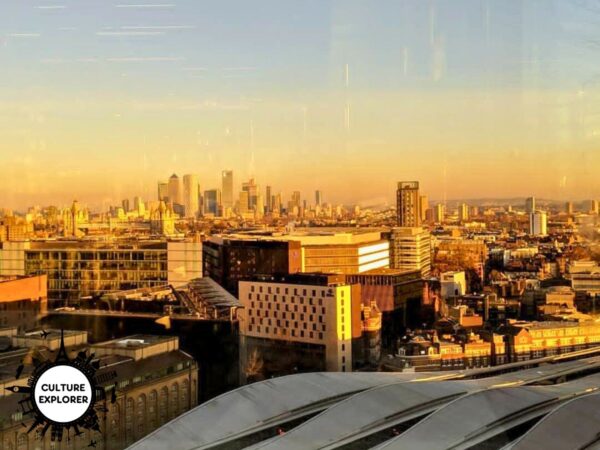
There are multiple major train stations in London that take you to other cities, but St Pancras International is the only one that takes you to continental Europe via the Eurostar.
It sits adjacent to King’s Cross, which is mainly for trains north, to cities such as Cambridge and York.
Other stations that will take you north include London Marylebone and London Euston, with destinations such as Birmingham and Edinburgh.
For journeys northeast, to counties like Essex and Norfolk, you’ll most likely depart from London Liverpool Street, while for journeys southeast to Kent it’s London Bridge.
For journeys south to the likes of Brighton, it’ll be London Victoria or London Charing Cross.
And finally for westbound trains to Bath, Bristol and beyond, it’s either London Paddington or London Waterloo.
There are other stations too of course, but these are the main ones for the fast trains.
By other means
Getting to London by bus or coach? Victoria Coach Station and the streets around it will be your final stop.
Most coaches from London airports will finish at Victoria Coach Station too.
Where to stay in London
If you’re a Londoner, or you’ve spent any length of time in London, you’ll know there’s a great big North / South divide.
Those who live north of the river Thames will rarely venture south, and vice versa, despite the fact that Zone 1 straddles both sides of the river.
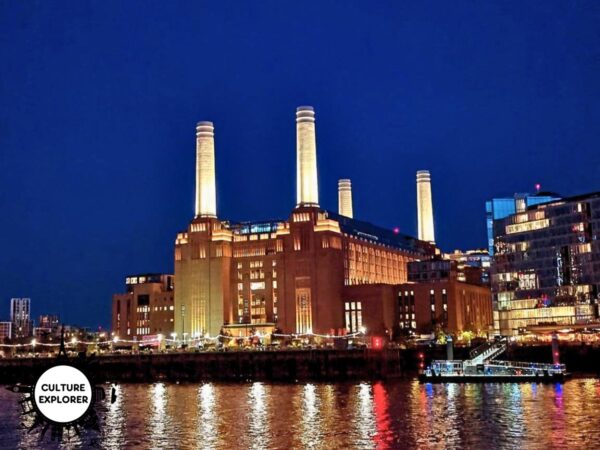
The main difference is that north London is better connected by the London Underground (AKA the Tube), so you can live quite far out and still get into Zone 1 fairly quickly.
But even then, depending on where you are, it can be a 15 to 20 minute walk to the nearest station.
South of the river relies on the national rail network and buses, although some parts are served by the London Underground too.
If it’s your first time in London, and you’re not that comfortable navigating buses, it definitely makes sense to stay north of the river or at least close to a Tube station.
Best neighbourhoods in London
If you stay in Zone 1, you can basically get around everywhere on foot.
To give you an idea of the size of London, it takes around two hours from one end of Zone 1 to the other if you walk fairly briskly and know where you’re going.
I sometimes do it when the weather is nice so it absolutely is feasible if you’re a walker like me.
You get to see a lot of the city – even after more than a decade I still spot things I’ve never seen before in places I visit all the time.
For a base, here are the neighbourhoods in Zone 1 I would stay in:
- City of London – skyscrapers and Roman history
- Chelsea – chichi with lots of upscale hangouts
- Clerkenwell – low key with interesting architecture
- Covent Garden – well placed for theatres and small boutiques
- Marylebone – chilled village vibe with neighbourhood eateries
- Mayfair – old school luxury and high end shopping
- Shoreditch – edgy with innovative restaurants
- Soho – lively party district and LGBT-friendly
- South Kensington – close to big museums
- South Bank – modern art and river views
- Westminster – a stone’s throw from London landmarks
Best hotels in London
Hotel prices in London are usually pretty high so it’s certainly worth booking well ahead of your visit.
The rooms, meanwhile, tend to lean on the smaller side so if you’re used to spacious digs in other parts of the world, I’m sorry to say you’ll be sorely disappointed.
That said, there are plenty of very nice hotels in the city, even on the budget side.
Budget: Wombat’s City Hostel London
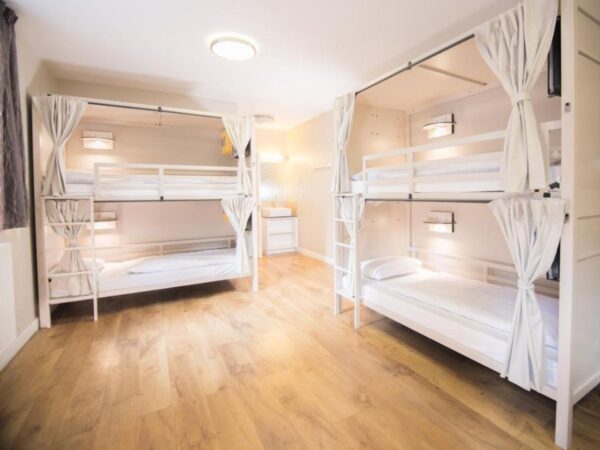
Located about 8 minutes’ walk from Tower Hill Station, this hostel sits just outside of Zone 1 on the east end of the city.
There’s a mix of dorm and private rooms here, with accommodation geared towards everyone from backpackers and flashpackers to day-trippers and business travellers.
What makes it particularly popular is the abundant communal space – there’s a coffeehouse-vibe cafe and a separate bar with a regular programme of events.
Price: From £30 | $39 | €37 a night, bunk bed in a dorm room.
Address: 7 Dock Street, London E1 8LL, UK.
Book your stay on Booking.com* or Expedia*.
Mid-range: Wilde Aparthotels London Aldgate Tower Bridge

Aparthotels tend to offer the best value in London – they give you a bit more space, are generally quite affordable and tend to be very centrally located.
This one from Wilde is a 7 minute walk from Aldgate East Station, and has a 24-hour reception to make checking in and out super easy any time of the day.
All of the studios and apartments come with kitchenettes plus separate seating areas, and downstairs there’s a coffee shop where you can get breakfast and a spacious lobby for co-working.
Price: From £136 | $178 | €161 a night, room-only.
Address: 75 Commercial Road, London E1 1RD, UK.
Book your stay on Booking.com* or Expedia*.
Luxury: The Londoner
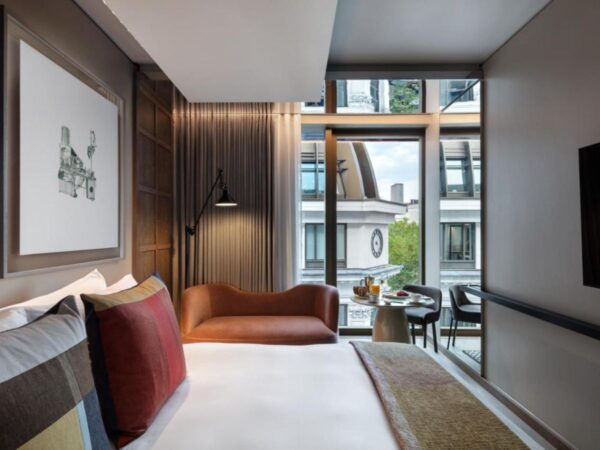
There are endless options when it comes to luxury hotels in London but few are as aptly named as The Londoner.
It has an unbeatable central London location right on Leicester Square, with the namesake underground station less than 5 minutes’ walk away.
You’ve got thousands of restaurants, including those in Chinatown and Soho, right on its doorstep but if you don’t fancy going out, the Mediterranean-inspired Whitcomb’s is excellent.
Price: From £450 | $590 | €534 a night, room-only.
Address: 38 Leicester Square, London WC2H 7DX, UK.
Book your stay on Booking.com* or Expedia*.
Unique: Hazlitt’s

Housed in a Georgian building dating back to 1718, Hazlitt’s will transport you to a bygone era.
Antique furnishings, four poster beds and claw-foot baths are the highlights you’ll find here, alongside 24-hour room service, an honest bar and a working fireplace.
It’s also just a 5-minute walk from both Tottenham Court Road and Leicester Square stations.
Price: From £299 | $392 | €355 a night, room-only.
Address: 6 Frith St, London W1D 3JA, UK.
Book your stay on Booking.com* or Expedia*.
How to get around London
London is very walkable but it can be disorientating, even if you’re wielding a map.
If you want to get across town quickly, the London Underground (the Tube) is your best bet – it’s much more efficient than hopping into a cab.
There are trains every couple of minutes during rush hour, although they tend to space out to five to 10 minutes during the quieter periods of the day and late at night.
Within Zone 1, it might be faster in some cases to just walk one or two stops rather than taking the Tube as some stations are super close even though they look far on the map.
The double-decker London buses are a great alternative.
They’re ideal for sightseeing if you have the time, but they can get caught up in traffic.
Oyster card, contactless payment or travelcard
In terms of tickets, you can get a paper one-day or multi-day travelcard from any of the main train stations in London.
This will allow you to use any mode of transport on the TfL network. That means the London Underground, Overground, DLR, buses, trams, TfL rail – all of it.
However, the one-day travelcards are actually more expensive than if you used an Oyster card or contactless payment card (a bank card with contactless payment enabled).
With an Oyster card or contactless payment card, you have to pay for every single journey you take.
But the amount you pay is capped each day, and this cap is lower than what you would pay for the travelcard.
There’s also a weekly cap – this is the same as for the seven-day travelcard.
Basically it’s only worth getting the travelcard if you’re going to use public transport multiple times a day for at least five days.
You can compare daily and weekly prices here.
Where to get an Oyster card
If you need a new Oyster card, you can get it from all major underground stations in London, where you can also top it up with credit.
For visitors, it’s also possible to buy one online before you get to London.
Note that if you use an Oyster card, you have to pay £5 for the card, plus any pre-loaded credit and delivery costs.
TfL recommends pre-loading your card with £15 of credit for a two-day trip, and £30 credit for a four-day trip.
To give you an idea of prices, the TfL daily cap is currently £8.50 for travel within Zone 1.
A single Tube journey within Zone 1 is £2.80. A bus journey costs £1.75, which gives you unlimited travel within an hour.
So you have to make at least four trips a day to hit the daily cap.
Other essentials
Currency
London uses the pound sterling although you may also see the occasional Scottish pound.
Credit and debit cards are accepted almost everywhere although some small shops and restaurants will only accept cash.
Language
London is very multicultural and multilingual but you’ll still need to speak a pretty decent level of English to get around.
Wifi and connectivity
You’ll need mobile data if you want to navigate around London as very few locations offer free public wifi, even in the really touristy areas.
In a pinch, your best bet is to head to a chain coffee shop or fast food restaurant.
If you’re coming from another country and your mobile network doesn’t include free roaming, you can get a temporary e-sim from the likes of Airalo*.
Their data-only e-sims are valid for anywhere between seven days to 30 days, and you can choose from country-specific options or regional ones.
For the UK, prices start from $5 for 1GB of data that’s valid for seven days.
You can also pay in other currencies but US dollars seem to offer the best value.
Make sure the card you’re paying with won’t charge you extra for foreign currency spending.
Additional resources
Visit London is London’s official tourism promotion body and it gives you lots of ideas for things to do.
For reading material, of course I have to recommend my own book, Experience London*.
Try also London’s Hidden Walks* by Stephen Millar.
Pin this for later
